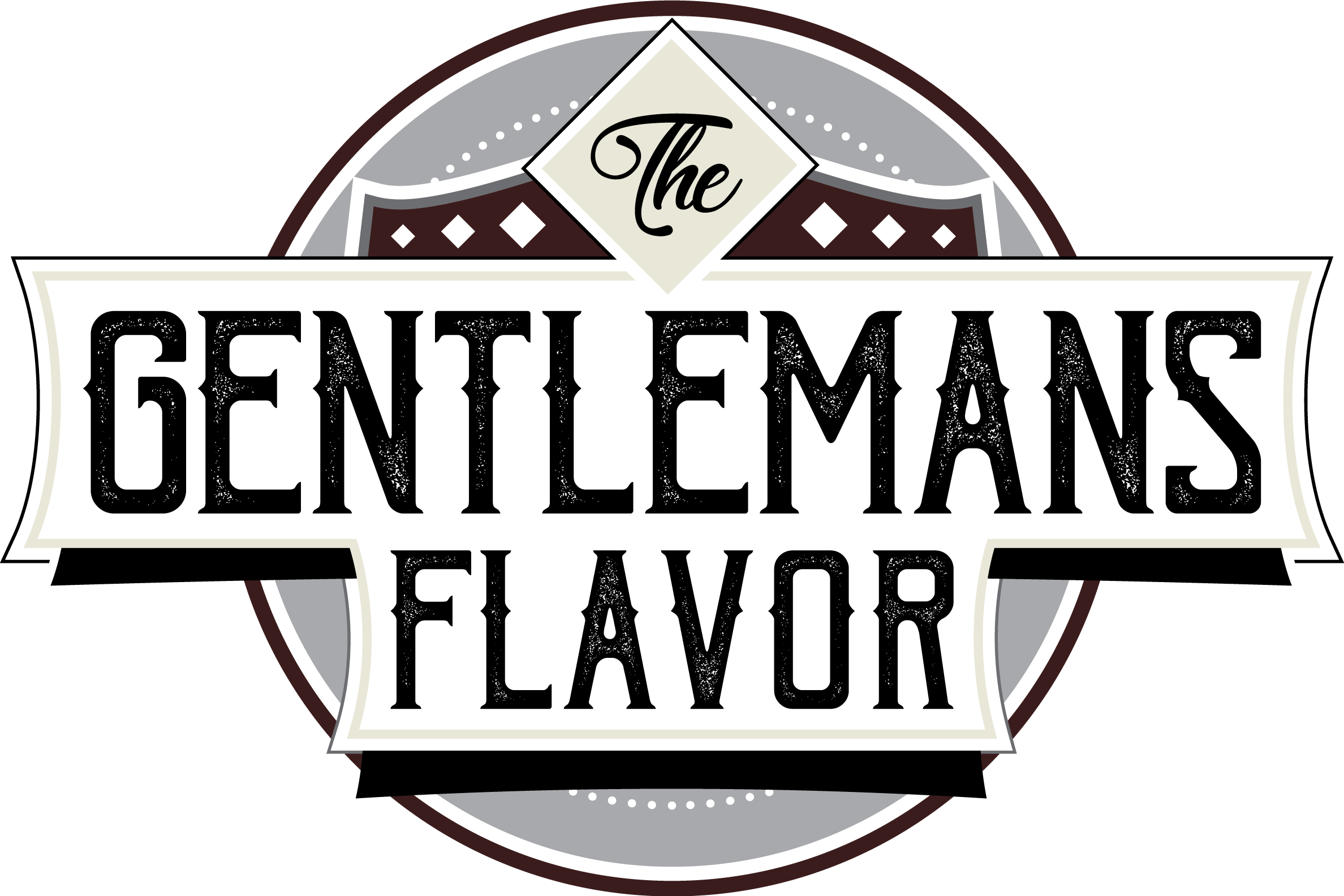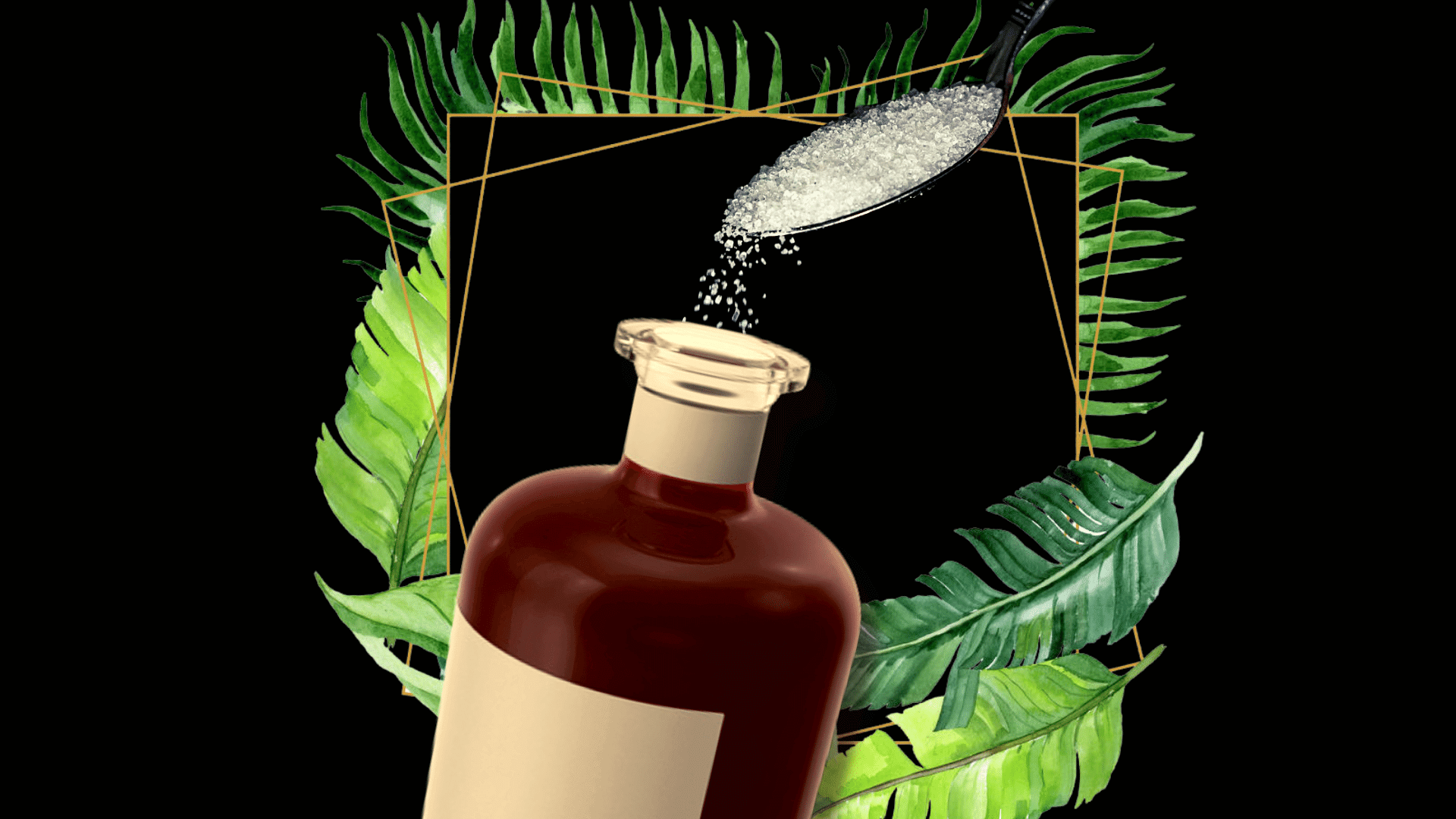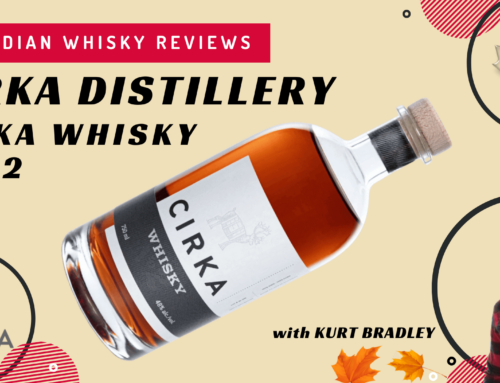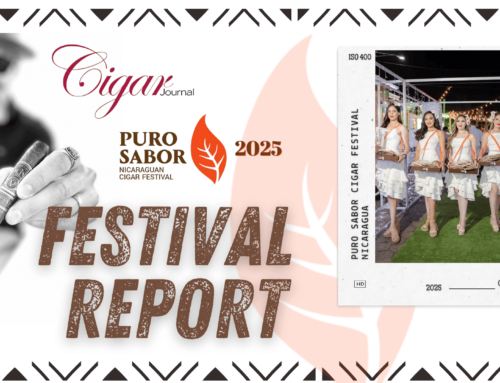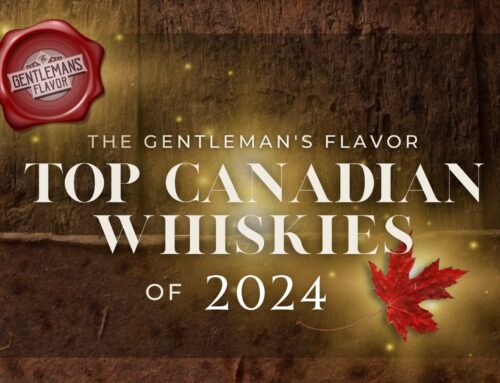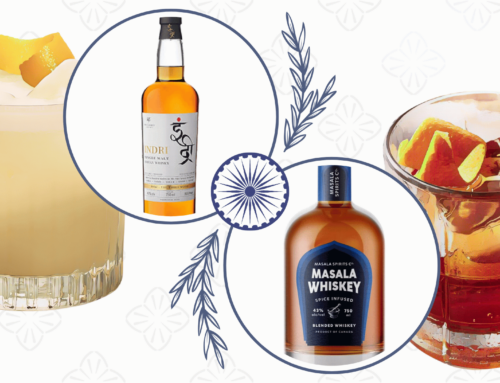The following piece shall take a look at the common production methods involved in making rum, and will address the hotly debated practice of adding sugar and color to a rum prior to bottling.
An Outlier Spirit
As far as a definition goes, rum is basically defined as:
“An alcoholic drink derived from the distillation of molasses or other syrups of sugarcane or of the whole sugarcane juice distilled at an alcohol content of less than 96.0% alcohol by volume“.
Rum’s regulations vary greatly from nation to nation, and are seemingly much more loosely defined than major international spirits. Unlike other spirits, a rum’s age statement can be deeply misleading.
A distiller can also choose to color their rum as well as adding an undisclosed amount sugar to their prior to bottling.

Rums like this Zacapa 23 use a Solera method, meaning that the oldest, not the youngest rum in the blend is 23 years of age
Despite all this, rum is an age-old world-class spirit, and at its very core it is a typically ‘fun spirit’ that is meant to be enjoyed with others.
Rums are generally categorized as either a dark, gold, white, spiced or flavored.
Though the process of making rum certainly does not hold the same for every distiller, there is essentially a common methodology that most tend to follow in which we will outline below. We will also address the practice of adding additional color or sugar to a rum before bottling, and provide a link to see exactly how much sugar is in your favorite rum.
How Rum Is Made
The Raw Material
All rum begins with sugar cane.
Once harvested, the stalks of sugar cane have their leaves removed and are cut close to the ground (preferably by human hand). The cut stalks are then crushed in a sugar mill to extract cane juice. At times the sugar cane fields and the sugar mill are located within the same property as the distillery.
Fermentation
At this point, some distillers begin the fermentation process with the extracted cane juice. This practice of starting the fermentation process at cane juice is typically used for the making of either rhum agricole or cachaça.
These two styles are known as ‘sugar cane juice rums’, and typically hail from either French-speaking islands like Martinique or Guadeloupe (as in the case of rhum agricole), or from Brazil (in the case of cachaça).
NOTE: the total production of cachaça in Brazil is greater than the total global production of vodka.
Most styles of rum however, typically add a second step before the fermentation process begins. This involves heating the cane juice to develop sugar crystals. Once all sugar crystals are extracted (to make refined sugar), a thick, sticky dark residue remains.
This sugar cane substrate is molasses, and it marks what most distillers typically use as the ‘liquid starting point’ to begin the fermentation process.
Prior to fermentation, the molasses is diluted with water. Fermentation begins when the distiller adds yeast to the molasses mixture (or to the cane juice) to convert sugars into alcohol. This is usually conducted at around 30-33 degrees celsius with a pH of 5-5.8 for 1-3 days.
The fermentation process (and the strain of yeast used) is a vital step in determining the ultimate flavor profile of a rum, as this is where congeners are first created. At a most basic explanation, congeners are the flavor molecules that determine the ultimate taste (and aroma) of a rum.
Ultimately, it is up to the distiller to decide what congeners can stay and which ones will go to arrive at a desired flavor (and aroma) outcome.
One shouldn’t get too tied up in searching for extensively aged rums, as the much older rums tend to lose desirable flavor notes over time and can become too ‘wood heavy’, simply tasting more and more like the barrel they were stored in.“
Distillation
After fermentation is complete, the next major step is distillation. Here the fermented liquid is heated in either a pot still (a shorter stout-shaped still) or a column still (a tall, narrow still). Pot stills are typically used to create a ‘heavier’ and more robust rum, and column stills (also known as continuous stills) are used to create a ‘lighter’, smoother rum.
Both stills are typically made of copper. Some stills are a hybrid of both pot and column still. Often a rum maker will mix both pot and column still-made rums together to arrive at a final desired blend.
During distillation, the fermented liquid is heated, which releases the more volatile alcohol vapors upward before being cooled by a condenser and then sent downward to be collected as a clear liquid distillate. As the distillate begins to flow out, a distiller will discard the early flow (called the heads), keep the middle (the heart) and discard the tail-end flow (called the tails).
Exactly where the distiller decides to make these ‘cuts’ is up to him or her.
The saved distillate is either then put into an inert vessel (like stainless steel) or set to mature in an oak barrel.
Aging
If stored in an inert vessel, the rum remains clear and collects no additional flavor (though it often mellows with a bit of rest time and has some of its harsh notes stripped away). At this point the clear rum can be bottled – or sometimes blended with other clear rums prior to bottling.
These more affordable rums are often called ‘white’ or ‘light’ rums, and are ideal for mixing or in cocktails.
Not all white rums are unaged or young. Sometimes, white rums have in fact been aged in oak, but have been filtered to have their color stripped away (this also strips away some flavor).
If stored in a wood barrel, the rum will acquire both color and flavor from the wood as it ages, ultimately becoming a darker-colored rum. Though not always, the charred white oak barrels typically used to age a rum are usually ones that previously held American bourbon.
These darker rums are ideal for sipping neat or on the rocks, but can also be used for mixing or in cocktails. Such rums often have a higher price point and become more expensive with an increased age statement.
Alongside fermentation, finishing and blending, aging is a key component to determine a rum’s ultimate flavor profile. It is where a chemical transformation takes place to bring out characteristic notes such as vanilla, cocoa, coffee, hazelnut and almond among many others.
NOTE: It is said that the ‘sweet spot’ for an aged rum is 12-15 years. Given the warmer climates of the countries that typically produce rum (like Jamaica or Haiti for example), they tend to age at an accelerated rate than say a Scotch whisky that must age in the cooler, damp climate of Scotland or a whisky aging in the crisp, cold climate of Canada for example.
Thus, one shouldn’t get too tied up in searching for extensively aged rums, as the much older rums tend to lose desirable flavor notes over time and can become too ‘wood heavy’, in simply tasting more and more like the barrel they were stored in.
After aging, some distillers may choose to apply a finishing process to a rum by removing it from its initial oak barrel and then leaving it to sit in another barrel that previously held a different liquid such as cognac or wine for example. This practice can be used to further boost the flavor profile of a rum by absorbing some of the previous liquid that was stored within the wood staves of the barrel.
Bottling
Prior to bottling, a distiller will typically lower the alcohol percentage of the liquid by adding potable water to arrive at a desired abv (Alcohol By Volume) or, they may choose to bottle the rum at cask strength (the alcohol percentage that it comes out of the cask at).
At this point in the process, a distiller may decide to add sugar to sweeten the rum and/or may add spirit caramel coloring to darken the color of the rum.
To many staunch rum lovers, these two procedures (especially sweetening with added sugar) are frowned upon yet are still a very common practice among rum makers, especially for large spirits corporations that choose to make popular ‘mass-market’ rums.
The Big Sugar Debate
Historically, rum was sweetened with sugar being added back in after the distillation process from the get-go, hundreds of years ago.
Despite the fact that the initial liquid starts out as a sugar source (cane juice), no amount of sugar actually makes it through the distillation process. Without sugaring or added color, the majority of a rum’s natural flavor (and all of its color) are derived from being aged in an oak barrel.
Today, a growing number of rum enthusiasts shun the practice of adding sugar to a rum and refer to it as “dosing” or “doping” of the rum. They contend that it’s a cheap way to excite the pleasure center of the brain with an excessive sweetness that leaves the rum tasting almost like a liqueur, as the drinker unknowingly falls under the sweet spell of sugar.
Some complain that drinking excessively sugary rums leads to a ‘gut-rot’ feeling that tends to ruin the experience and at worst – lead to an unforgiving hangover.
Many rum enthusiasts believe that a distiller should be able to arrive upon a positive flavor profile (with adequate sweetness) though the common practices of oak maturation alone. It is said that using a first-fill oak cask is a great way to bolster vanilla notes naturally.
This argument is similar to one that is currently prevalent among whisky enthusiasts who shun the pre-bottling tactic of chill filtering and adding caramel.
Many argue that a rum’s sugar levels should be declared on the bottle and not allowed to exceed a certain amount, but this is hard to legislate as a global rule. Among all rums, only cachaça only has a mandated maximum allowable added sugar amount.
Though ‘spiced’ and ‘flavored’ rums seem to be the biggest culprit of sugar adulteration, many non-spiced/flavored rums are guilty of this sugar dosing practice too.
This tactic is often used in conjunction with adding caramel coloring. It can be employed to make a young, ‘thin’ rum look older and more characterful – often in an attempt to justify a higher price tag.
Examples of overly sweetened rums include (but are certainly not limited to): practically the entire Captain Morgan line, Bumbu, Kraken, Diplomatico, Bacardi, Pyrat, Zacapa, Lamb’s, Angostura, and many, many more.
The following list was created by The Rum Project to provide a fairly extensive list of global rum expressions and the sugar amount in each.
A ‘Rum Sugar Index’ if you will.
Though not all rum releases are listed here, the list is quite extensive and was complied in an attempt to provide rum enthusiasts with an accurate indication of the sugar amount in their rum, so that that one can make a more informed decision prior to purchase.
They contend that it’s a cheap way to excite the pleasure center of the brain with an excessive sweetness that leaves the rum tasting almost like a liqueur, as the drinker unknowingly falls under the sweet spell of sugar.“
Conclusion
Among the other major world spirits, rum’s regulations (or lack thereof) make it somewhat of a rogue outlier, just like the pirate who has been the mythically linked to the spirit for ages.
Rum’s origins date waaay back to 1650 in Barbados of the West Indies. At the time it was often referred to as ‘kill devil’ and involved the addition of sugar post-distillation – even back then.
Thus, it comes as no surprise that it is still widely practiced today. However rum could certainly acquire even greater merit if steps were made to monitor and disclose the added sugar content.
This is wishful thinking, but not impossible.
Despite criticisms, rum is not an unregulated spirit. Thankfully, there are regulatory bodies at work to govern the production of rum.
Though not global just yet, regional standards have effectively been put in place under the West Indies Rum and Spirits Producers (WIRSPA) to represent distillers across the ACP (Africa, Caribbean and Pacific).
In addition to this, CARICOM (name derived from ‘Caribbean Community’) is an organization representing 15 states and dependencies within the Caribbean to promote economic integration and cooperation among members and to coordinate foreign policy.
CAPRICOM’s Standards For Rum can be viewed here.
Thankfully, similar to whisky makers who choose not to chill-filter their spirit, a growing crop of rum makers have decised to proudly proclaim that there are no added sugars or color in their rum.
Renown, skillful Master Blenders like Richard Seale (Foursquare) and Joy Spence (Appleton) have demonstrated that the decisions employed during processes of fermentation, distillation, wood maturation, blending (and possibly finishing) provide more than ample opportunity for a distiller to skillfully forge a complex and beautiful rum, without a final sneaky helping of the sweet white stuff.
If this trend continues, rum is possibly on a prestigious path to be the next whisky. Some innovative rum makers believe their liquid has the depth and complexity to stand up to some of the best single malts out there.
Bring it on.
Above all, it must not be forgot that rum, in all its forms, whether sugared and/or colored, is a fun drink and shouldn’t be taken too seriously.
Scorpion Bowl anyone?
-Kurt Bradley

Kurt Bradley is the founder of The Gentleman’s Flavor, to which he is also a contributing editor, host and curator.
Kurt is a certified Whisky Ambassador accredited by The Scotch Whisky Association and has achieved Level 2 Award in Wine & Spirits Education Trust with distinction.
He loves dark a nice dark Jamaican rum with a little funk.
